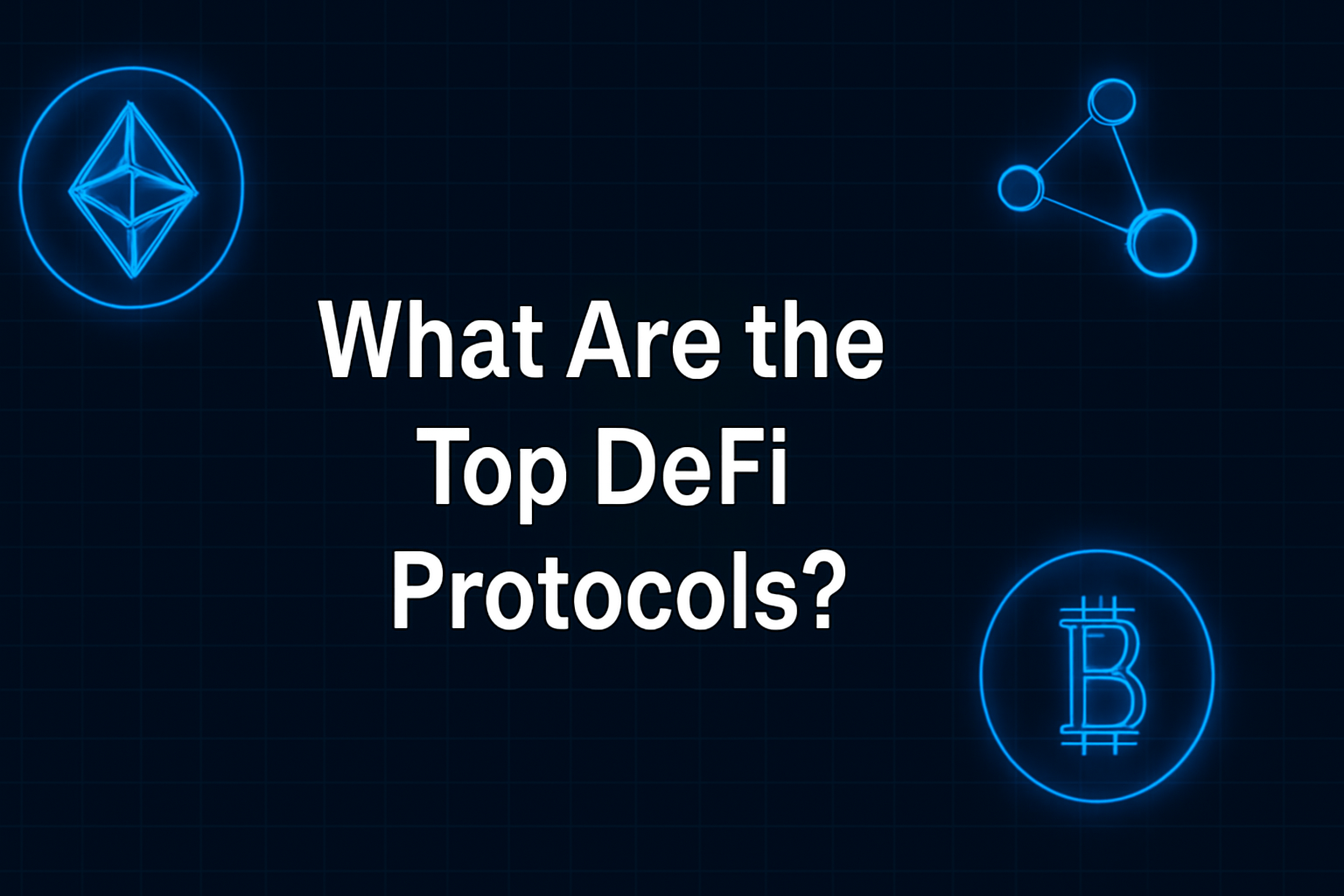
On-chain loyalty staking has emerged as a cornerstone of decentralized finance (DeFi) in 2025, offering crypto users the ability to earn attractive rewards while supporting their favorite projects. With the rapid evolution of DeFi platforms and increased competition for user engagement, maximizing returns requires a nuanced approach grounded in risk management, data-driven strategy, and active participation. Below, we examine the top strategies and best practices that enable DeFi enthusiasts to optimize yield and minimize risk through on-chain loyalty staking.

Diversify Across Multiple On-Chain Loyalty Staking Platforms
Diversification remains one of the most effective ways to optimize yield while mitigating risk in the volatile landscape of DeFi. By spreading assets across several on-chain loyalty staking platforms, users reduce exposure to any single protocol’s vulnerabilities, including smart contract exploits or sudden liquidity shortages. This approach also enables participants to capitalize on varying reward structures and token incentives offered by different platforms. For example, some protocols may provide bonus multipliers for early adopters or unique airdrop opportunities tied to platform governance.
Recent market data underscores that leading users often rotate between three to five top staking venues simultaneously, tracking metrics such as annual percentage yield (APY), total value locked (TVL), and fee schedules. This active management is essential in a landscape where reward rates can fluctuate rapidly due to changing pool dynamics or governance proposals. For an in-depth look at how diversification improves both returns and resilience, see this guide.
Leverage Tiered and Time-Locked Staking Options for Enhanced Token Incentives
Many advanced DeFi platforms now offer tiered and time-locked staking mechanisms designed to reward user commitment with progressively greater incentives. These options typically allow users to lock their tokens for predefined periods, ranging from several days up to a year or more, with higher tiers unlocking exclusive rewards such as boosted APYs, governance voting rights, or access to special events.
This structure not only encourages long-term participation but also aligns incentives between users and protocols by reducing token velocity and helping stabilize platform liquidity. Data from 2025 shows that protocols with well-designed tiered systems experience up to 30% higher user retention rates compared to those relying solely on flexible staking models. However, it is crucial for users to carefully review lock-up periods and early withdrawal penalties before committing funds.
Continuously Monitor Protocol Security, Transparency, and Smart Contract Audits
Security remains paramount in on-chain loyalty staking, especially as sophisticated exploits have become more frequent in high-value protocols. Before allocating significant capital, it is essential for users to verify the status of third-party audits, review open-source code repositories for transparency, and monitor ongoing security disclosures from project teams.
Platforms with regular smart contract audits by reputable firms (and transparent bug bounty programs) statistically experience fewer incidents resulting in user fund loss. In addition, transparent reporting of fee structures, reward distribution logic, and upgrade procedures helps foster trust within the community. Users should also track real-time updates via official channels such as Discord or Twitter for prompt alerts about protocol changes or emerging risks.
The Role of Automated Tools in Risk Management
Modern DeFi participants increasingly rely on dashboards that aggregate key metrics, such as APY fluctuations, TVL shifts across chains, and audit statuses, to inform allocation decisions dynamically. These tools support swift rebalancing when new security disclosures arise or when reward spreads between pools become significant enough to warrant rotation.
Utilizing these data-driven dashboards not only streamlines the monitoring process but also reduces manual errors and emotional decision-making. As DeFi infrastructure matures, expect to see further integration between portfolio management tools and on-chain analytics, enabling users to automate responses to security or performance triggers, critical for safeguarding capital in an environment where risk can materialize within minutes.
Utilize Auto-Compounding Features to Maximize Reward Accumulation
Auto-compounding is rapidly becoming a standard feature across top on-chain loyalty staking platforms. By automatically reinvesting earned rewards back into the staking pool, users benefit from exponential growth of their holdings without the need for constant manual intervention. Research from 2025 indicates that auto-compounded positions can outperform manually compounded ones by up to 18% annually, especially in high-frequency reward environments where missed compounding cycles erode returns.
When selecting a platform, verify the transparency of its compounding logic and ensure fees do not offset the benefits of frequent reinvestment. Some protocols provide granular control over compounding intervals or allow users to pause auto-compounding during periods of high gas costs, a crucial consideration when operating on networks like Ethereum. For more on maximizing returns via auto-compounding and related best practices, explore this resource.
Stay Informed on Governance Proposals and Platform Updates
DeFi’s decentralized ethos means that governance proposals and protocol upgrades can directly impact user rewards and risk profiles. Staying actively engaged with governance forums, snapshot votes, and official announcement channels is essential for capturing new opportunities, such as temporary APY boosts tied to community initiatives or changes in reward distribution schedules.
Experienced stakers often set up alerts or subscribe to governance trackers that notify them when proposals affecting token incentives or security parameters are live. This proactive approach allows users to reposition assets ahead of major protocol shifts, thereby optimizing returns while avoiding adverse outcomes from unfavorable changes. In 2025, platforms with robust community engagement around governance have demonstrated higher user satisfaction scores and lower churn rates than those with opaque decision-making processes.
Key Takeaways for Maximizing DeFi Loyalty Rewards
- Diversify across multiple platforms to spread risk and capture varied incentives.
- Leverage tiered/time-locked options for enhanced rewards, but always review lock-up conditions.
- Prioritize security by choosing audited protocols with transparent reporting.
- Enable auto-compounding where available for optimal yield growth.
- Engage with governance to stay ahead of reward structure changes.
The landscape of on-chain loyalty staking continues to evolve rapidly. By implementing these proven strategies, rooted in diversification, automation, transparency, and active participation, users can confidently navigate the complexities of DeFi while maximizing both their yields and long-term engagement potential. For further insights into how these tactics drive superior outcomes for top crypto community members, visit this analysis.




